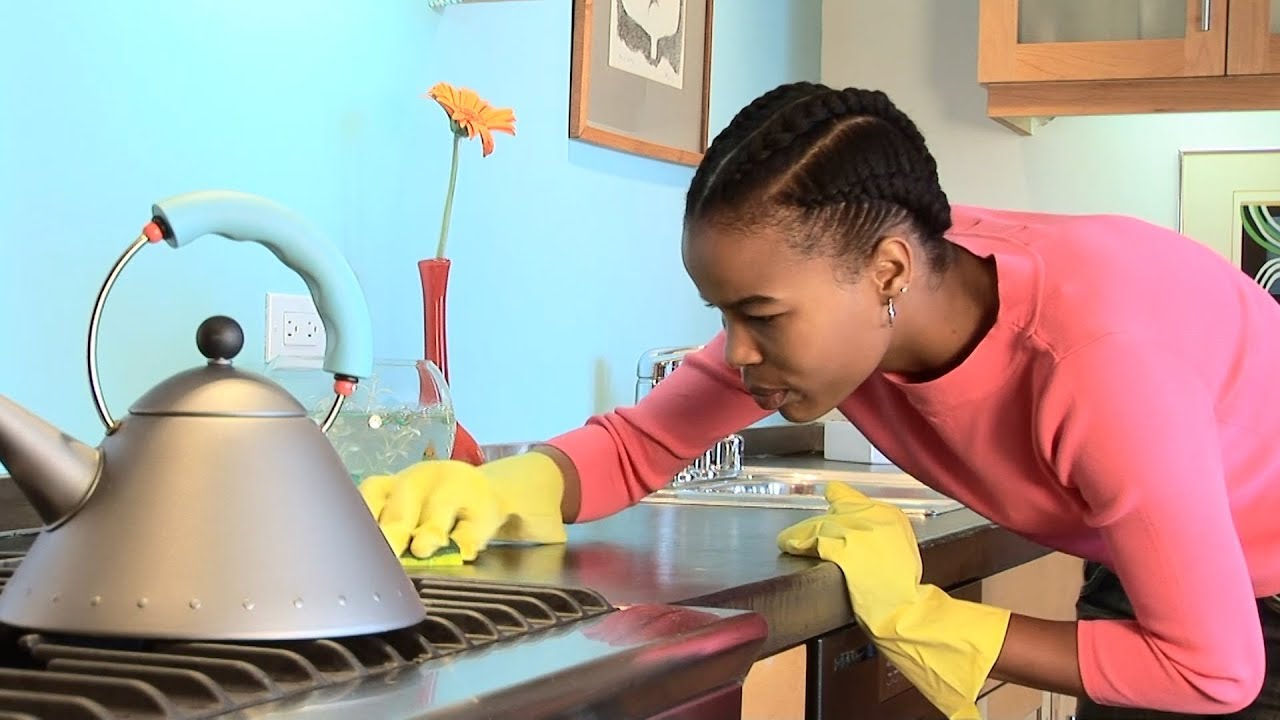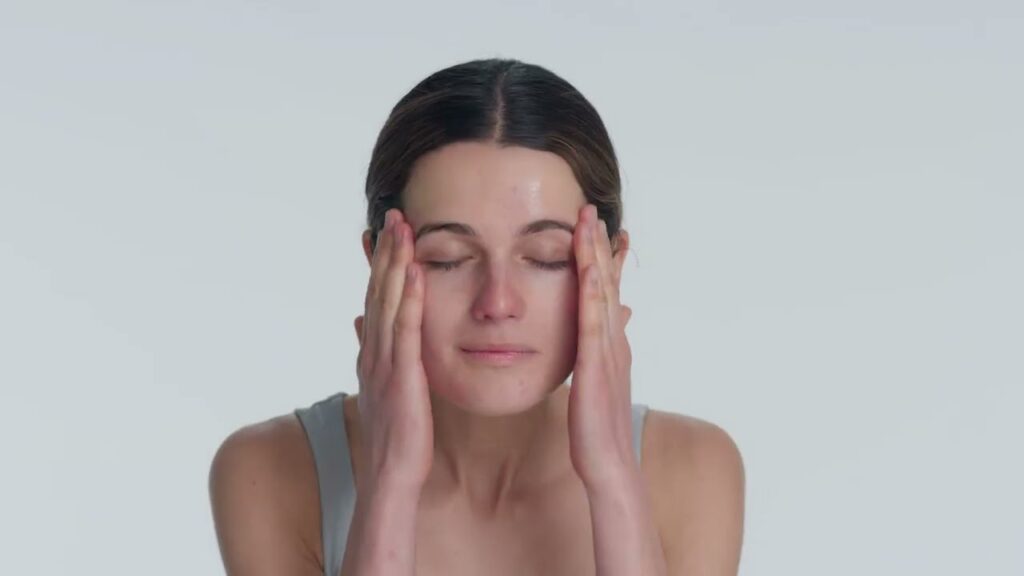If you’ve been slathering your face in products and applying SPF, only to see broken blood vessels appear, it’s time to start taking action. Thankfully, there are many things you can do to help prevent or minimize them.
There are three main causes of broken capillaries: excessive dilation, skin trauma, and heredity.
1. Change Your Skin Care Routine
Broken capillaries are red veiny looking splotches that often appear on the face. They can be annoying and are often associated with skin concerns like rosacea, dehydration or over-exfoliation.
But if you don’t want to let them ruin your complexion, there are things you can do to prevent and remove broken capillaries on your face. First, you should change your skin care routine so that it can minimize their appearance.
Changing your routine is a great way to make sure that you’re using the right products for your skin type and any conditions that you may have. But before you switch your current skincare products for something new, always spot test it to make sure that you’re not allergic or reacting negatively to the active ingredient.
You also need to ensure that you’re applying sunscreen with a high SPF every day so that you can stop new broken capillaries from forming and prevent them from getting worse. The sun dries out the skin, weakening the walls of the capillaries.
It’s also important to avoid exposing your skin to excessive heat from the sun or from hot showers and baths. These extreme temperatures can exacerbate broken capillaries and cause them to dilate more easily.
Some women also develop these enlarged blood vessels when they’re pregnant or if they are taking hormonal medications such as birth control pills. These conditions can increase the chances of having broken capillaries on the face, so you should speak to a doctor about your concerns.
You can also reduce the number of broken capillaries on your face by avoiding alcohol, which temporarily dilates blood vessels. Having too much alcohol will irritate your skin, so limit yourself to just one drink a day.
2. Exfoliate
If you’re looking for a quick way to reduce the appearance of broken capillaries on your face, try exfoliating. This process can help remove dead skin cells and promote a new layer of healthy, fresh ones to replace them, says Dr. Cheung.
To get the best results, opt for an exfoliator that is appropriate for your skin type, and make sure it’s gentle on the skin. This means avoiding harsh physical scrubs, which can strip the skin of its natural oils and leave it dry and flaky.
Once you’ve exfoliated, use a moisturizer to keep your skin hydrated and smooth. This will also help prevent redness and irritation that can occur when you exfoliate too vigorously, explains McMackin.
Another simple thing you can do to help reduce broken capillaries is to drink plenty of water. This will help flush your body of toxins and reduce inflammation, which may contribute to broken blood vessels.
Avoid a lot of sun exposure, as well. UV rays weaken the walls of blood vessels, making them more visible, explains DeRosa.
Changing your diet to one that’s lower in inflammatory foods can also help. This includes reducing alcohol, caffeine, and spicy foods.
This could also mean taking vitamin E supplements or using a cream with horse chestnut seed extract, which is known to boost circulation and improve vascular health.
Lastly, you can ask doctor C. Rokhsar for a laser treatment to reduce broken capillaries. Depending on the severity of your condition, it may take multiple sessions to reduce them completely.
3. Apply Serums and Moisturizers
Using a serum and a moisturizer can be an easy way to remove broken capillaries on your face. However, it’s important to use them correctly.
Serums are formulated with high-performance ingredients that can penetrate your skin in ways that ordinary moisturizers cannot. This means that they can do a lot of different things, such as smoothing fine lines, enhancing skin’s natural firmness, speeding cell turnover, and brightening discoloration.
The best serums are lightweight elixirs that deliver results without clogging pores or causing breakouts. Apply a pea-sized amount of your favorite serum, then apply a moisturizer over the top.
Moisturizers are designed to add moisture and keep it in, but they can also help with other skin care concerns, such as sun damage or hyperpigmentation. These moisturizers contain anti-aging ingredients, such as retinol or vitamin C.
These ingredients have the ability to reduce inflammation, increase collagen production, and improve skin elasticity. They can also increase skin’s ceramide levels, which protect against free radical damage.
If your goal is to reduce the appearance of dark spots and wrinkles, then you should apply a vitamin C or retinol serum first. Once that’s applied, follow it with a moisturizer that contains antioxidants, such as green tea extract or resveratrol.
Lastly, if your goal is to reduce the redness associated with broken capillaries, then you should use an anti-inflammatory skincare product. These products are specially formulated with calming and soothing compounds that can help with reducing the redness of broken capillaries.
There are many things you can do to prevent broken capillaries, but they won’t get rid of them completely. You can try topical products to reduce the appearance of them in the short term, but a laser treatment is your only real solution to getting rid of these spider veins on your face.
4. Apply a SPF
If you’re looking for ways to remove broken capillaries on your face, sunscreen can be one of the most effective solutions. It can also help you prevent these blotches from getting worse and even help reduce the appearance of age spots.
It’s important to apply a sunscreen with an SPF of at least 30 every single day, no matter the time of year. The sun’s UV rays can cause serious damage to your skin, including premature aging and the development of skin cancer.
You can choose a broad-spectrum or tinted formula that will suit your skin tone. This is especially important if you have sensitive skin or tend to break out in spots.
Another thing to look for is a product with antioxidants, which can combat free radical damage caused by UV rays and other environmental factors. The more antioxidants you have, the better your skin will look.
Finally, avoid inflammatory foods and drinks. They can irritate your skin and lead to broken blood vessels, says DeRosa.
If you notice that you’re breaking out a lot, try to cut back on caffeine, alcohol, spicy foods and acidic fruits and vegetables. It can take a few weeks, but a few simple changes can make a huge difference.
In addition, if you’re looking for ways to remove broken blood vessels on your face, changing up your skincare routine can be one of the most effective solutions. This includes using a gentle cleanser, exfoliating regularly and using a serum or moisturizer that has an SPF of at least 30. If you’re unsure how to change up your skincare routine, talk with a dermatologist or licensed esthetician. They can help you figure out which products will work best for your skin and give you tips on how to use them.
5. Get a Laser Treatment
Laser treatments can be effective at reducing the appearance of broken capillaries. They can be a great option for patients who want to treat this condition without the risks and downtime associated with surgical procedures.
If you’re considering getting a laser treatment to remove broken capillaries on your face, it’s important to consult with a board-certified dermatologist. They will be able to recommend the best type of laser treatment for your skin’s specific needs and level of pigmentation.
The right laser can help reduce broken capillaries and improve the overall texture of your skin. It can also be used to stimulate collagen production, which helps your skin firm up and look more youthful.
There are several different types of lasers, including ablative and nonablative. The former directs the laser energy to the surface of your skin, while the latter does not. The results of the latter are more subtle, so they’re a good choice for those with darker skin tones.
Another popular laser for broken capillaries is a pulsed dye laser. This method can be paired with microneedling for an even more dramatic result.
Aside from removing broken capillaries, lasers can be useful for treating other conditions. For example, if you have rosacea, lasers can help alleviate the symptoms.
If you have acne scars or enlarged pores, lasers can also help clear up these imperfections. Similarly, lasers can be used to smooth wrinkles and age spots. The best results are usually seen after a series of sessions, but it’s important to consult with your doctor about the number of laser treatments you should get.

